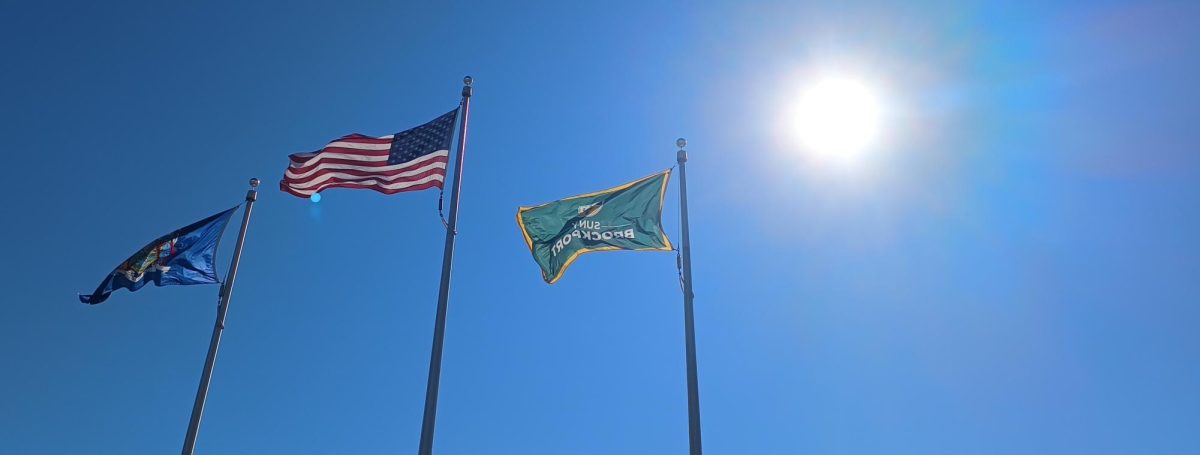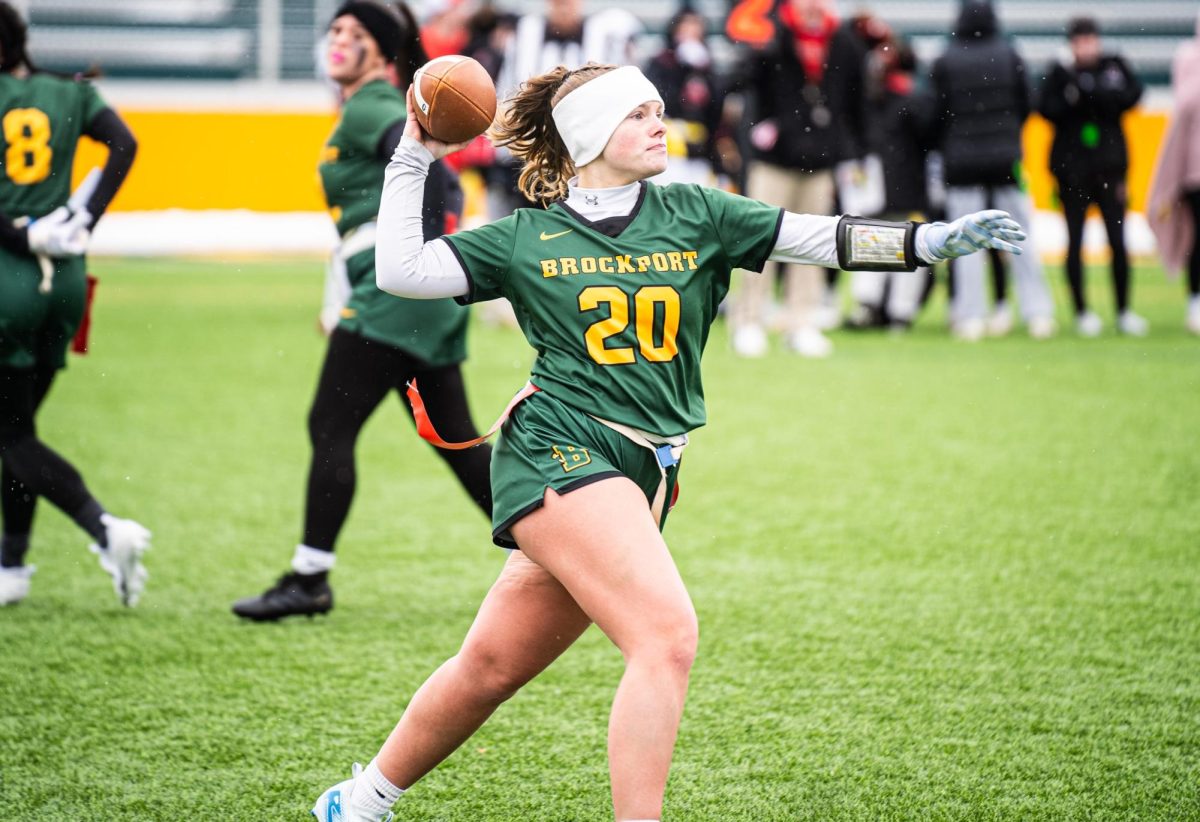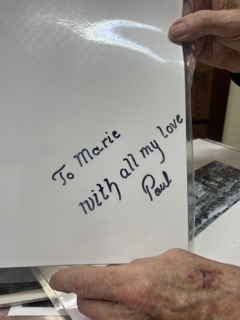By: Emily Conn

Like so many dance majors at SUNY Brockport, Lucy Mundschau had dreams of performing this semester. She hoped to choreograph and dance in the Dance Department’s student-choreographed show Dance/Strasser. She also looked forward to performing at Scholars Day and Sankofa, the concert for Brockport’s African Dance and Drum Ensemble, to fulfill two dance repertory courses. Mundschau had been preparing and rehearsing since the beginning of the semester, but her dreams of performing the pieces she’d been working on were cut short by a global pandemic.
Once COVID-19 posed a greater threat to New York, SUNY Brockport transitioned classes to distance learning under Governor Andrew Cuomo’s mandate. With this, came the cancelation of extracurricular activities such as rehearsals and performances. The news was hard to accept for dance majors like junior Lucy Mundschau.
“I was performing in and choreographing student work for the Strasser concert,” said Mundschau. “I was also performing in the Sankofa concert and on Scholars Day. I feel cheated in many ways. I spent so much time during the semester working on these pieces and in an instant, they were snatched away. The likelihood that I will ever get to perform some of those dances is slim, and they will certainly never happen in the way they were intended to be performed.”

The inability to showcase months of hard work is disappointing for all dance students, but seniors were most negatively affected by the canceled shows.
“There was an interesting situation where somehow all the videos from fall performances are missing,” said senior dance major Sophie Nash. “So obviously the loss of performing is super sad, but there’s an additional loss that will affect me further down the line in my dance career because now I have no videos from department performances for my entire senior year.”
Students aren’t the only people in the Dance Department who were upset about the canceled shows. Artistic Director of Dance/Strasser Mariah Maloney shares their pain, but tries to keep a positive outlook.
“I’m so sorry that Strasser was canceled,” said Associate Professor Mariah Maloney. “I’m so sorry that every theater in the world is canceled. The impact is absolutely huge. Beyond huge. Its bigger than the universe. My hope is that we’re resilient, keep faith, that we know that when this lifts and we’re free to gather that nothing is lost and everything is growing. I hope every artist and every person in Strasser has in their core the knowing that that work matters and that work lives on whether there was a concert or not.”
The cancellation of performances is only one negative outcome of distance learning though. The new format of classes is another drawback according to dance students.
“My first thought was, ‘how will I be able to dance?’ long story short, I couldn’t and wouldn’t be able to,” said Mundschau.
The inability to meet in a dance studio forced students to train in less traditional spaces like their homes or outside. With an inability to gauge the resources of each student, such as the amount of space available to dance in and their access to the internet, professors altered the format of movement-based classes. Despite acknowledging why these decisions were made, Sophie Nash and other dance students are upset with the transition.
“There is really no true substitute for a dance class,” said Nash. “Right now, my classes have, for the most part, transitioned into being discussion-based. It’s great because it takes into account that not everyone has a wifi connection at home or the scheduling where they can meet and take ballet in their living room, but there isn’t a true replacement for those movement-based classes.”
Although movement-based classes have become less physically rigorous due to remote learning, other dance courses have transitioned more successfully. Mundschau attributes the success of her online dance courses to the professors teaching them.
“I have teachers who have really stepped up to the plate, while others have left me feeling abandoned,” said Mundschau. “Some teachers have definitely found ways to rearrange their curriculum creatively, but others have just given up. I am in dance history, a lecture and discussion-based class. This is my most successful transition, despite the high demand for in classroom discussion. Our professor works hard to make sure we can finish out the material in a doable way and has kept really great communication.”
The impact COVID-19 has on dance students goes beyond challenging new learning environments and canceled performances. Not being able to interact with one another has been the greatest loss for dance students. Now six weeks into distance learning, dance students realize how much they’re missing by not being together in person.
“So much of why I dance is the human connection. It’s what motivates me, and inspires me. I even said just a few weeks ago ‘I hate solo work. I never want to dance alone.’ Now here I am. I’ve been dancing by myself for weeks now and it hasn’t gotten any easier. It’s really an emotional loss. You get so close to your classmates it becomes like a family. I miss my friends. I have pictures of my last two casts up on my desk and I look at them every day. Not getting to share space with them is the biggest downfall,” said Mundschau.

Pictured: (big) Catherine Esposito, Michelle Parkhurst, Maya Anderson-Grasso, Ashley Wilson, Rachel Steinkamp, Malena Sullivan, Danielle Benedetto, Sophie Nash, Lucy Mundschau, Catherine McConnell, (small) Jessica Karcz, Emily Conn, Michelle Parkhurst, Rachel Steinkamp, Catherine Esposito, Maya Anderson-Grasso, Lucy Mundschau, Sophie Nash
Lacking a sense of community is a disadvantage experienced by other dancers as well.
“It’s a community-based practice,” said Nash. “To not be in your community definitely changes the vibe. There’s no replacement. I can’t sit in on a lecture and do my coursework like a psychology major can where they can do all the same things by themselves. That isn’t an option here.”
Despite the losses of not being able to gather and dance in person, dance students have more access than ever to remote dance resources. A variety of dance artists and teachers are providing free classes on Zoom, Facebook and Instagram. Companies and other dance organizations are opening up their archives sharing performances, papers and more. Professor Maloney sees this as a bittersweet opportunity for dancers due to the pandemic.
“The world is wide open. There is access now. I can study with a guru from India now,” said Maloney. “There are no gates, everything is open and things are low-priced. That’s the silver lining and muse in all of this.”
Despite the new dance resources and opportunities that arose in the presence of COVID-19, Brockport dance majors continue mourning the loss of their semester. The dream to perform in spring shows has already been disrupted. Now, students dream of the end of this pandemic and dancing together again.























